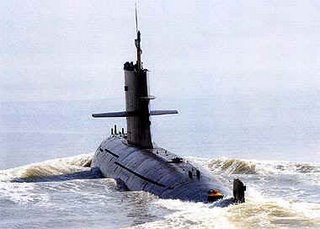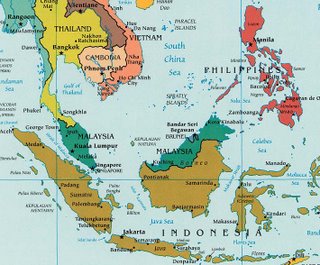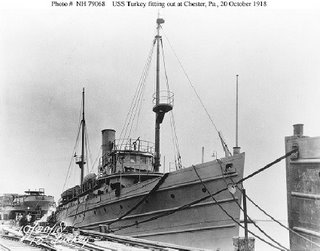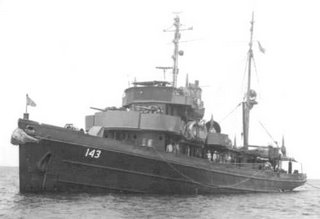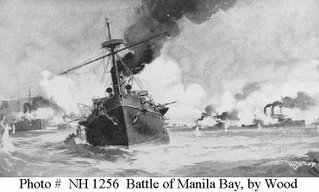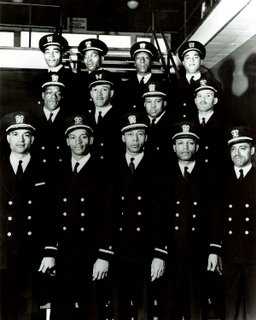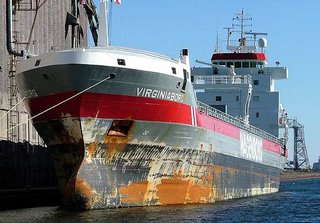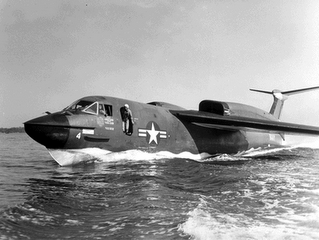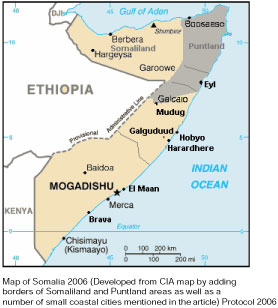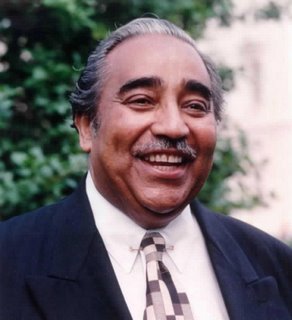
Charlie Rangel, Rep (NY) is not as smart as my Navy helicopter flying son, who also happens to be a graduate of a fine public university and the son of college educated professionals. And, trust me, there isn't much unemployment around this neighborhood or city or state.
Doesn't stop old Charlie, however, because, he doesn't need no "stinkin' statistics" to believe what he believes, as is made a little too clear
here in a truly astonishing interview.
The man wants
"slavery" for our youth, I tell you, and won't rest until every child of every household is forced, under penalty of law to do the government's bidding.
Of course, maybe his
biography explains why he doesn't get the idea of work outside the government or the freedom to choose one's own path:
He has spent his entire career in public service, first as an Assistant U.S. attorney for the Southern District of New York, and later in the New York State Assembly. He was elected to the 92nd Congress on November 3, 1970, and has been re-elected to each succeeding congress.
UPDATE: Some
facts that Mr. Rangel does not let influence his belief system:
The Facts About Today's Soldiers[5]
*
The average reading level of new soldiers is roughly a full grade level higher than their civilian peers'.
*
Enlistees' high school graduation rate was 97 percent in 2003, 2004, and 2005. The civilian graduation rate is seventeen percentage points lower.
*
The wealthiest 40 percent of neighborhoods in America are the home of 45.6 percent of 2005 enlistees. For every two U.S. recruits from the poorest neighborhoods, three come from the richest.
*
There is no statistical evidence to support the claim that minorities are being targeted or exploited for military service. The 100 zip codes with the highest proportions of African-Americans were actually under-represented among military enlistees in 2005.
*
Every U.S. military recruit of the last 33 years has been a volunteer.
Antiwar criticism has morphed into a patronizing attitude toward GIs, by way of questioning the quality of the men and women who volunteer to serve. Perhaps it is easier for the antiwar Left to believe that soldiers are unintelligent than to believe that they are taking risks willingly because they actually believe in the war's purpose.
And since Mr.Rangel is apparently unwilling to look it up for himself, the report on which the above facts are based is found
here:
A report published by The Heritage Foundation in November 2005 examined the issue and could not substantiate any degradation in troop quality by comparing military enlistees in 1999 to those in 2003. It is possible that troop quality did not degrade until after the initial invasion of Iraq in 2003, when patriotism was high. A common assumption is that the Army experienced difficulty getting qualified enlistees in 2005 and was subseÂquently forced to lower its standards. This report revisits the issue by examining the full recruiting classes for all branches of the U.S. military for every year from 2003 to 2005.
The current findings show that the demoÂgraphic characteristics of volunteers have continÂued to show signs of higher, not lower, quality. Quality is a difficult concept to apply to soldiers, or to human beings in any context, and it should be understood here in context. Regardless of the standards used to screen applicants, the average quality of the people accepted into any organizaÂtion can be assessed only by using measurable criÂteria, which surely fail to account for intangible characteristics. In the military, it is especially questionable to claim that measurable characterisÂtics accurately reflect what really matters: courÂage, honor, integrity, loyalty, and leadership.
Those who have been so quick to suggest that today's wartime recruits represent lesser quality, lower standards, or lower class should be expected make an airtight case. Instead, they have cited selective evidence, which is balanced by a much clearer set of evidence showing improving troop quality.
Indeed, in many criteria, each year shows advancement, not decline, in measurable qualities of new enlistees. For example, it is commonly claimed that the military relies on recruits from poorer neighborhoods because the wealthy will not risk death in war. This claim has been advanced without any rigorous evidence. Our review of PenÂtagon enlistee data shows that the only group that is lowering its participation in the military is the poor. The percentage of recruits from the poorest American neighborhoods (with one-fifth of the U.S. population) declined from 18 percent in 1999 to 14.6 percent in 2003, 14.1 percent in 2004, and 13.7 percent in 2005.
Quite frankly, I also am annoyed by a popular book
book,
AWOL: The Unexcused Absence of America's Upper Classes from Military Service -- and How It Hurts Our Country being used to advance the idea that the military services are somehow being denied the benefit of certain social "classes" and, thereby, suffer the potential harm from being insular and out of touch. I suspect that the much smaller military of the 1930's suffered in the same way...indeed, I don't recall the heirs of the Mellons or the Kennedys or the Bushes rushing to serve in those years, either.
And I don't read as much into the following as do the authors of the book:
In 1956, 400 of Princeton's 750 graduates served in uniform. By 2004, only nine members of the university's graduating class entered the military.
First, in 1956, there was a draft, so some of the 56% were involuntary military conscripts, not volunteers. The draft speaks more of the power of the state to compel by force than of some spirit of service. Second, at the time, Princeton was all male and all of draft age. Some who "volunteered" for service at that time were simply signing up to avoid the draft. And I am unclear as to whether the 400/750 figure includes men who served before arriving at Princeton. I do know that the
biography of a former Princeton president says:
Dodds became president during the depths of the Great Depression and served through the Second World War and the Korean conflict. During the war years, Princeton adopted an accelerated program to give students an opportunity to graduate before entering the armed forces. At the same time, the Army and the Navy sent hundreds of young men to campus for general or specialized training. The number fluctuated widely from month to month. A faculty depleted by enlistments or calls to government service had to teach unfamiliar subjects at top speed. When peace came, the University absorbed the flood of students returning under the G.I. Bill.
Why a flood?
The fact that the G.I. Bill paid for a G.I.'s entire education had encouraged many universities across the country to expand enrollment. For example, the University of Michigan had fewer than 10,000 students prior to the war. In 1948 their enrollment was well over 30,000. Syracuse University also embraced the spirit of the Bill and saw their enrollment skyrocket from approx. 6,000 before the war to 19,000 students in 1947.
Today's servicemen may qualify for up to $38,000 in
educational benefits, less than one year's tuition, fees, etc at Princeton. I suspect that many former servicemen and women choose other schools upon leaving the service out of economc necessity.
In recent years, the pool of Princeton graduates has been over 50% female (see
here) and thereby not draft eligible under the present rules. In 2006, 475 men graduated from Princeton's undergraduate program and 481 women. In 2004, the year cited above for producing 9 military entrants, the numbers were 423 male grads and 524 female. So the pool of males in 1956 was 750, in 2004 423. Even if a draft had taken every one of the eligible males of the class of 2004, only 45% of the class would have added "military service" to their resumes.
Secondly, what pool of people makes up the entrants to Princeton? While it is true that many of the graduates go on to well-paying professions that place them in upper income brackets, I am certain that not every admittee to Princeton arrives with a silver spoon in hand.
If "class" is determined by income, then our "upper class" contains a lot of highly compensated football and baseball players as well as movie stars, drug dealers and other money generators. If "class" is determined by having degree from Princeton (or Harvard or Yale) as opposed to degree from the Universities of Georgia or California, then I think the definition is being bent pretty far out of shape in a rather appalling manner. Speaking of the dangers of creating a "we" versus "them" attitude in the military, what about the danger of such an attitude spawned by the simple admission to a certain institution of higher learning?
It would also be interesting to know what percentage of admittees to Princeton today have prior military service. If there are any veterans among the Tigers, have they become part of the "upper class?"
In short, what a bunch of hooey.


